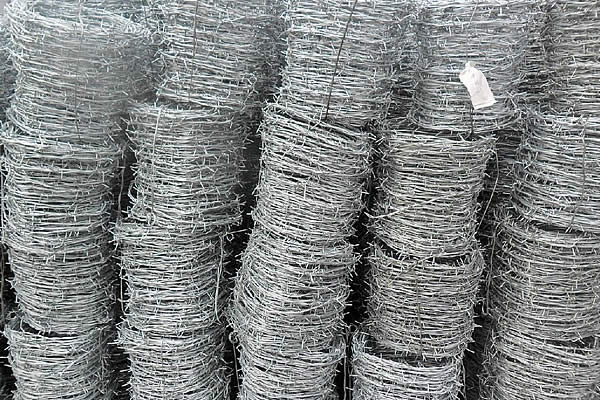 TEL:
+86-13102802206
TEL:
+86-13102802206
 Email:
fencenetting@china.com
Email:
fencenetting@china.com
 Language
Language
 TEL:
+86-13102802206
TEL:
+86-13102802206
 Email:
fencenetting@china.com
Email:
fencenetting@china.com
 Language
Language


The Enduring Symbolism of Cattle, Barbed Wire, and the American West
In the vast and rugged landscapes of the American West, two images arise that echo the spirit of this untamed land cattle grazing on sun-drenched pastures and the stark lines of barbed wire fences stretching across the horizon. While seemingly disparate, these two elements represent the complex tapestry of ranching culture, land ownership, and the evolution of the American frontier.
Cattle have long been a cornerstone of agriculture in the United States, symbolizing wealth, tradition, and the hard-working spirit of the American rancher. Herds of cattle dot the rolling plains, grazing under the expansive sky, a reminder of the country’s agrarian roots. The cattle industry not only contributes significantly to the economy through meat and dairy production but also embodies a lifestyle that values resilience, community, and respect for the land. Ranchers, often seen as modern-day cowboys, maintain a connection to their forebears who braved the wilds of the West in search of opportunity and adventure.
The Enduring Symbolism of Cattle, Barbed Wire, and the American West
However, the introduction of barbed wire came with unforeseen consequences. While it facilitated ranching, it also contributed to conflicts over land, particularly between ranchers and those who sought to use the open range for grazing. The concept of “open range” came under threat as fences began to dominate the landscape, leading to disputes that sometimes escalated into violence. The infamous cattle barons, powerful ranchers who amassed vast lands, often clashed with smaller ranchers and farmers, leading to a bitter rivalry that would shape the history of the West.

The relationship between cattle and barbed wire is emblematic of the larger struggle between tradition and progress. On one side, cattle symbolize a pastoral ideal—a connection to nature and the rural way of life that many still romanticize today. On the other, barbed wire represents the encroachment of modernity and agriculture’s increasing demand for efficiency and control. The dichotomy raises questions about land use, resource management, and the future of ranching in a rapidly changing world.
Moreover, the imagery of cattle and barbed wire has cemented its place in American cultural consciousness. Literature, art, and music often reference these motifs, reflecting the rugged independence of the frontier spirit. Novels like Lonesome Dove and songs like My Home’s in Montana celebrate the life and struggles of ranchers, weaving together stories of triumph, loss, and the deep connection to the land, often framed by the realities of barbed wire fencing.
As we progress into a future where sustainable agriculture and environmental considerations are at the forefront, the historic relationship between cattle and barbed wire remains pertinent. Modern ranchers are increasingly adopting practices that balance traditional livestock management with ecological preservation. This evolution signifies not only the adaptation of ranchers to contemporary challenges but also a deepening understanding of the intricate ecosystems that they inhabit.
In conclusion, cattle and barbed wire are far more than mere symbols of the American West; they encapsulate a narrative of resilience, conflict, and adaptation. This narrative speaks to the heart of America’s identity, where the vast open spaces echo with the legacy of those who dared to dream of a life intertwined with cattle, land, and the stories that bind them. As we honor this heritage, we also look forward to a future where these symbols can harmonize with the changing landscape, preserving both culture and sustainability for generations to come.